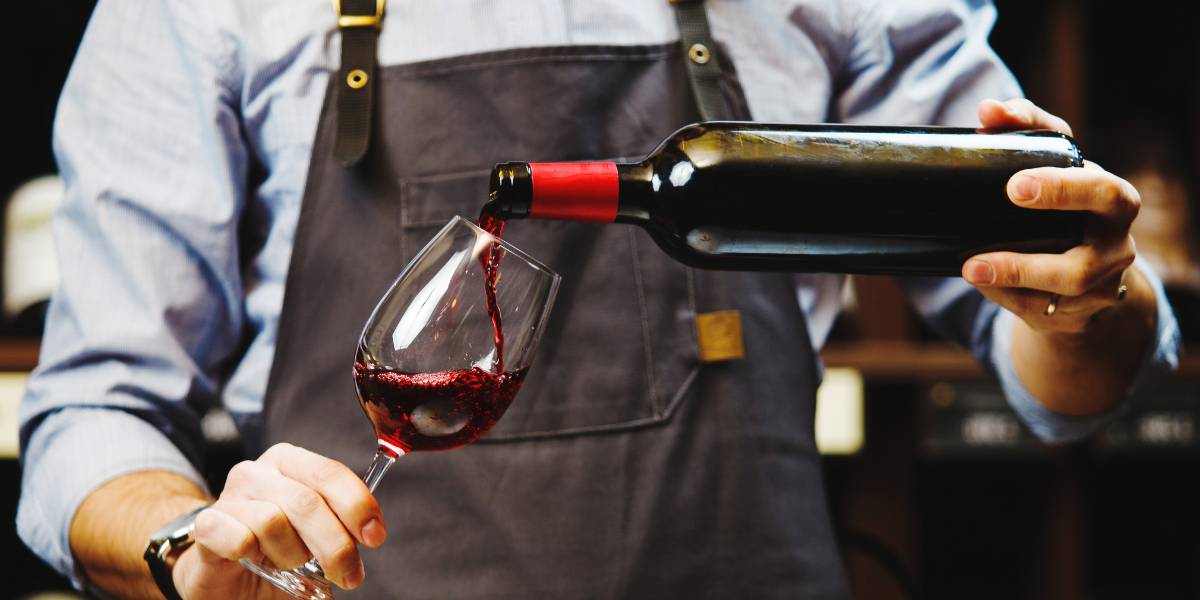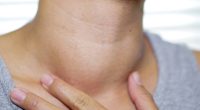Doctors are urging drivers to put their keys away after just one alcoholic beverage, with experts saying that “drinks have got stronger” since the 1960s.
Rules around drink driving say that men should not get behind the wheel after drinking more than three units and women should avoid driving once they have consumed two.
According to Sir Ian Gilmore, president of the British Medical Association (BMA), a glass of wine now equates to a third of a bottle of 13% or 14% wine, containing around 3.5 units.
The BMA is now campaigning to reduce the current drink-drive limit in England, Wales and Northern Ireland, which is 80 milligrams of alcohol per 100 millilitres of blood.
By banning drivers from getting behind the wheel after just one drink, hundreds of road deaths could be prevented each year, the BMA says.
- People are more mindful about how much alcohol they drink
- Healthy eating, low alcohol intake and reduced sun exposure can combat cancer, evidence suggests
- Experts call for ‘vague’ health warnings on alcohol to be updated
After a surge in popularity, more British pubs are now serving European lagers which are much stronger.
Sir Gilmore said: “People don’t realise that drinks have got stronger. It’s been a gradual and rather pernicious change. The shift has been to have stronger beers and lagers.
“Now it’s much more trendy to be drinking a Spanish lager or a Greek lager than one from the UK and there’s been a shift away from traditional British bitter.
“People are just not aware. To talk about how many units you can have is not helpful.
He added: “The understanding of units is so low. That is partly because drinks are a lot larger these days.
“A measure of 125ml of 8.5% or nine per cent wine is virtually unheard of these days.
“A glass can be a third of a bottle of a 13% or 14% wine.
“That idea you could have two pints and four units and get away with it has always been dangerous. The risks are so high and the consequences are so big.”
In the UK between 2011 and 2020, more than 85,000 people were injured from a drink-driving incident, figures from the Department for Transport have shown.
Over the decade, 2,320 people died from a drink-driving collision, and 15,540 were seriously injured, according to the Department for Transport.
Campaign manager at the road safety charity Brake, Lucy Straker, said: “We also know that when alcohol is involved, people are more likely to speed.
“The current drink-driving limit gives a false impression it is safe to drink and drive, up to that limit. It isn’t. Clarity in law is needed to drive a change in behaviour.”
Dr Katherine Severi, chief executive, Institute of Alcohol Studies also said: “We support the BMA’s sensible call for the UK to reduce its drink driving limit to match most countries in Europe.
“Drivers within the current legal limit are six times more likely to be involved in a fatal crash, compared to those who haven’t consumed alcohol.”
She added: “After years of progress on road safety it is concerning that drink driving deaths increased by 21 per cent between 2020 to 2022, so now is the time for action.
“With more than three quarters of people supporting reducing the drink driving limit, the government cannot ignore the evidence and ignore what every other country is doing.
- Metformin and alcohol
- Junk food and cheap alcohol has triggered increase of liver cancer cases
- Moderate alcohol consumption does not protect; against obesity and type 2 diabetes
“Reducing the limit will not only save lives, but also save people from the unimaginable grief of losing a friend or family member in such an unnecessary way.”
Christopher Snowdon, head of lifestyle economics at the Institute for Economic Affairs, noted: “Motorists should always be careful to stay below the drink-drive limit, but there is no case for the limit to be lowered.
“Scotland reduced its drink-driving limit to 50mg/100ml in 2014 but a study in the Lancet found no reduction in road traffic accidents and a study in the Journal of Health Economics concluded that the change “had no effect on drink-driving and road collisions.”
He continued: “The consequences of drink-driving can be horrific, but the problem lies with people who get behind the wheel when they are drunk, not with people who have had one pint.
“We haves the right laws. They just need to be enforced.”





